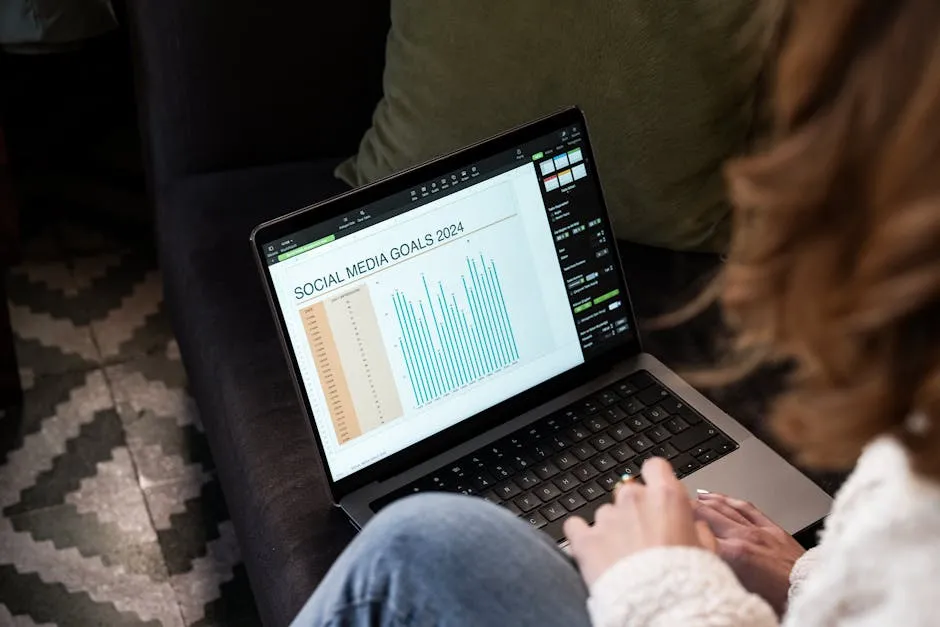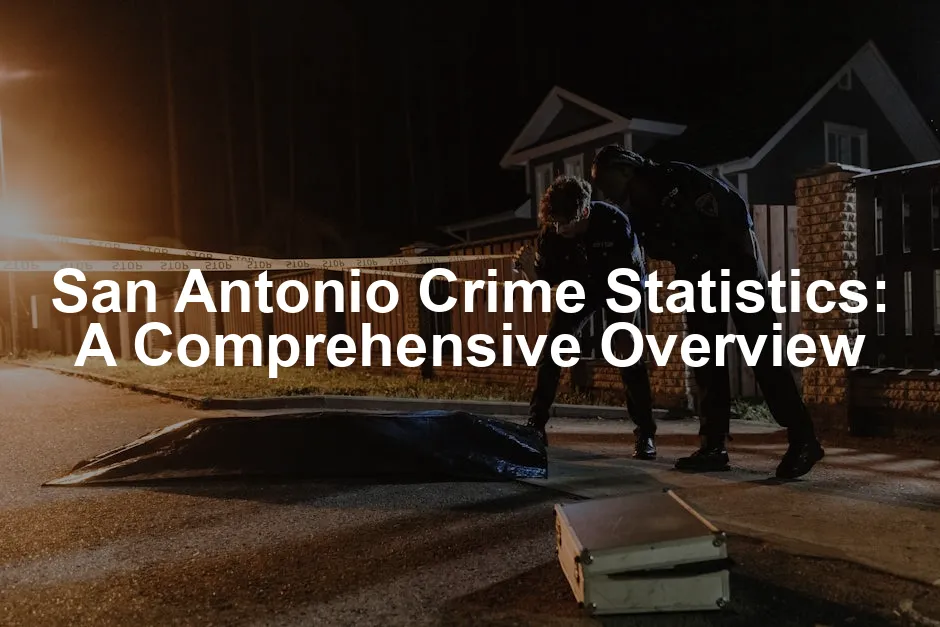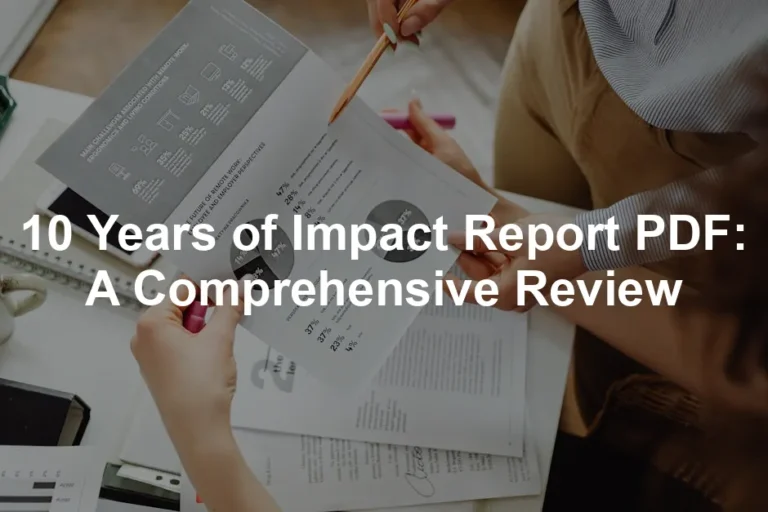Introduction
Understanding crime statistics in San Antonio is crucial for current residents and those considering a move. It’s not just about numbers; it’s about feeling safe in your neighborhood. The insights gained from crime data can shape personal safety choices and community engagement.
The San Antonio Police Department employs two key methodologies for tracking crime: the National Incident-Based Reporting System (NIBRS) and the FBI’s Uniform Crime Reporting (UCR) program. These systems provide detailed insights into various crime types, ensuring a comprehensive overview of safety trends in the city.
NIBRS, adopted by local law enforcement in 2020, allows for more detailed crime reporting than traditional methods. It provides a wealth of data, from violent crimes to property offenses, making it easier to analyze trends over time. The UCR program, while less detailed, has been a long-standing method for gathering crime statistics across the United States. Both systems provide a framework for understanding crime in San Antonio, helping identify patterns and areas needing improvement.
In the following sections, we will delve into the types of crime prevalent in San Antonio, examine trends over the years, and compare the city’s statistics to national averages. We aim to provide a clear and engaging overview of the city’s crime landscape, empowering residents with the knowledge to make informed decisions about safety and community involvement.

Understanding San Antonio’s Crime Landscape
Overview of Crime in San Antonio
San Antonio has a unique perception of safety, shaped by its diverse neighborhoods and growing population. While some residents feel secure in their communities, others express concerns about crime rates. Historically, crime rates have fluctuated in San Antonio, reflecting broader national trends.
As of the latest reports, the total crime rate in San Antonio stands at 5,951 incidents per 100,000 residents, significantly higher than the national average of 2,732. The violent crime rate is particularly alarming at 883 incidents per 100,000, which is 138.7% above the national average. Property crime rates also raise eyebrows, with a staggering 5,069 incidents per 100,000 residents, making San Antonio 159.4% higher than the national average.
Comparing these statistics to Texas state averages reveals similar trends. The property crime rate in Texas is lower than that of San Antonio, indicating specific challenges faced by the city. The rise in crime rates can be attributed to various factors, including urbanization, socioeconomic conditions, and population growth.
Over the years, San Antonio has experienced ups and downs in crime rates. For example, 2022 saw a record number of violent crimes, totaling 12,935. This marked a nearly 16% increase from 2021, highlighting the need for ongoing vigilance and community engagement.
Understanding these statistics is essential for residents and potential newcomers. Awareness and proactive measures can contribute to a safer environment for everyone. In the next section, we will explore recent trends and yearly comparisons to better grasp the evolving crime landscape in San Antonio.
Recent Trends and Yearly Comparisons
San Antonio’s crime statistics reveal a fascinating narrative of fluctuations and trends. Over the past few years, the city has faced both increases and decreases in various crime categories. For instance, the violent crime rate peaked at an alarming 12,935 incidents in 2022, showcasing a nearly 16% increase from 2021. This surge prompted concerns among residents and city officials alike.
However, as we dive into the year-to-date comparison between 2023 and 2024, there are encouraging signs. The data shows a decrease in total crimes against persons, from 22,992 in 2023 to 22,559 in 2024. Property crimes also saw a decline, with incidents dropping from 76,548 to 73,936. Such statistics suggest a potential shift in the crime landscape, perhaps indicating the effectiveness of community programs and policing initiatives.
Analyzing these trends is essential for understanding the evolving safety dynamics in San Antonio. By staying informed, residents can better navigate their neighborhoods, ensuring they feel secure in their homes and communities.
Speaking of staying informed, if you want a deeper dive into criminal psychology, check out The Psychology of Criminal Conduct. It’s a fascinating read that sheds light on the motivations behind crime.

Detailed Breakdown of Crime Statistics
Violent Crime Statistics
Violent crime encompasses serious offenses that pose a direct threat to individuals. In San Antonio, this includes murder, robbery, rape, and aggravated assault. As of the latest reports, the city faces a violent crime rate of 883 incidents per 100,000 residents, a staggering 138.7% higher than the national average of 370.
Breaking down the figures provides a clearer picture:
- Murder: In 2022, San Antonio recorded 230 homicides, marking a significant spike compared to previous years.
- Robbery: The city reported 1,700 robbery incidents, slightly lower than the previous year.
- Rape: Alarmingly, there were 1,555 reported cases of rape.
- Aggravated Assault: This crime type remains the highest, with 9,450 incidents.
Comparatively, while San Antonio’s violent crime statistics are concerning, they are not unique. Other major cities across the nation report similar trends. Cities like Dallas and Houston also experience elevated violent crime rates, underscoring broader urban safety challenges.

Property Crime Statistics
Property crime includes offenses like burglary, motor vehicle theft, larceny, and arson. In San Antonio, the property crime rate stands at 5,069 incidents per 100,000 residents, which is a whopping 159.4% higher than the national average of 1,954. This alarming figure points to significant challenges in community safety.
- Burglary: In 2022, there were 9,338 burglaries reported, reflecting a persistent issue in securing homes and businesses.
- Motor Vehicle Theft: The city witnessed 12,364 incidents, nearly doubling in recent years.
- Larceny: With 52,586 reported thefts, this category remains a significant concern for residents.
- Arson: Fortunately, arson rates remain relatively low, with 236 incidents reported.
Certain neighborhoods in San Antonio are more prone to property crimes. Areas like Villa De San Antonio and the Arena District have reported higher-than-average crime rates, while neighborhoods like Alamo Heights and Tobin Hill are noted for their safety.
Understanding these statistics is crucial for residents, as they highlight areas to approach with caution. Awareness can lead to community engagement, improved safety measures, and a collaborative effort to reduce crime.

Crime Rate by Neighborhood
San Antonio is a sprawling city with diverse neighborhoods, each boasting its own unique charm and, unfortunately, varying crime rates. Understanding these differences is key for residents and potential newcomers alike.
Some neighborhoods, like Alamo Heights and Tobin Hill, are recognized for their safety. Alamo Heights, for instance, has an impressively low violent crime rate—about 82% lower than the national average. Residents enjoy peaceful streets, excellent schools, and community amenities.
On the flip side, neighborhoods such as Villa De San Antonio and the Arena District experience significantly higher crime rates. Villa De San Antonio, for example, has a troubling violent crime rate that stands out starkly against the city’s average. The community crime map showcases these disparities vividly, allowing residents to pinpoint areas that may require extra caution.
The Community Crime Map, provided by the San Antonio Police Department, is a valuable resource. It allows users to search for crime data by specific address or neighborhood, offering insights into the types of crimes reported. Users can view results on a map, see analytics, and customize the data displayed to fit their needs.
These crime rates remind us that while San Antonio has many safe havens, it is equally important to stay informed about areas that may pose risks. A little knowledge goes a long way in ensuring safety and peace of mind.

Community Safety Measures and Perceptions
Community safety in San Antonio is not just left to law enforcement. The San Antonio Police Department (SAPD) actively engages with the community to foster cooperation and reduce crime. Their approach involves community initiatives such as neighborhood watch programs and regular town hall meetings, where residents can voice concerns and seek advice.
One significant initiative is the Violent Crime Reduction Plan. Launched to combat the alarming rise in violent crime, this plan strategically positions officers in areas identified as high-risk. By focusing resources on these neighborhoods, SAPD aims to create a visible police presence, deter crime, and reassure residents. Preliminary reports indicate this plan has already contributed to a noteworthy reduction in violent crime rates.
Community organizations play a vital role too. Groups like San Antonio’s Crime Stoppers offer rewards for information leading to arrests, encouraging residents to report suspicious activities without fear. Such initiatives reflect a collective effort to enhance public safety and build trust between residents and law enforcement.
Interestingly, surveys reveal a mixed perception of safety among residents. While approximately 37% of people feel secure, 63% express concerns, especially regarding nighttime safety. This divide highlights the importance of ongoing dialogues between the community and police.
Moreover, many residents advocate for increased police visibility. A significant percentage believe that a proactive police presence can deter crime effectively. The city council has recognized this sentiment, discussing fiscal priorities that include hiring additional officers to bolster public safety efforts.
Ultimately, community safety is a shared responsibility. By actively participating in crime prevention initiatives and fostering open communication with law enforcement, residents can help create safer neighborhoods for everyone.

Public Perception of Crime
Understanding how residents perceive crime in their neighborhoods is crucial. Recent surveys reveal that about 37% of San Antonio residents feel secure in their communities, while a staggering 63% express concerns about safety, particularly at night. It seems the shadows are a little too long for comfort!
When it comes to trust in law enforcement, the statistics are equally telling. Approximately 48% of residents feel that police are visible and responsive. Conversely, 26% believe police are present but respond slowly when needed. This perception can influence community interactions and overall safety feelings.
Moreover, a notable percentage of the community advocates for an increased police presence. Many residents believe that seeing officers on patrol can deter crime effectively. The city council has taken this into account, discussing plans to boost police hiring and visibility. After all, a friendly wave from an officer can make a neighborhood feel like a safer haven.

Economic and Social Factors Influencing Crime
Socioeconomic Factors
San Antonio’s crime rates don’t exist in a vacuum; they’re closely linked to socioeconomic factors. High poverty and unemployment rates often correlate with elevated crime levels. Currently, San Antonio has a poverty rate of 17.6%, which is higher than the national average of 15.1%. This economic disparity plays a significant role in shaping the crime landscape.
When individuals struggle to make ends meet, the temptation to engage in criminal activities can rise. Unemployment breeds frustration and desperation, often pushing people toward crime as a means of survival. The city has seen this trend mirrored in its crime statistics.
For instance, property crimes, which include theft and burglary, account for a significant portion of reported incidents. In 2022, property crimes reached a staggering 74,288, a clear indication that economic hardship can lead to increased criminal activity.
Additionally, neighborhoods with lower economic status often report higher crime rates. Essential services, education, and community resources are less accessible in these areas, perpetuating a cycle of poverty and crime.
Moreover, disparities in education contribute to this issue. A lack of educational opportunities can limit job prospects, trapping individuals in cycles of poverty and increasing the likelihood of criminal involvement.
In summary, addressing crime in San Antonio requires a holistic approach. Tackling poverty and unemployment while improving educational access can create lasting change. Ultimately, enhancing the community’s economic conditions can lead to safer neighborhoods and a more vibrant city for all.

Comparisons with Similar Cities
San Antonio’s crime statistics paint a vivid picture, especially when compared to other major Texas cities. Let’s take a closer look at how San Antonio stacks up against Dallas, Houston, and Austin.
Dallas has a slightly lower violent crime rate than San Antonio, clocking in at about 843 incidents per 100,000 residents. Meanwhile, San Antonio’s rate stands at a staggering 883. This difference may seem minor, but it highlights the unique challenges San Antonio faces.
Houston presents a different scenario. Despite its larger population, Houston’s violent crime rate is 1,026 per 100,000 residents. While it may seem like a higher number, we must consider that Houston’s population density means crime can be more localized. In contrast, San Antonio’s issues are more widespread across neighborhoods.
Austin, the capital city, boasts the lowest violent crime rate among these cities, with approximately 400 incidents per 100,000 residents. This stark contrast raises questions about what makes Austin safer. Factors include its strong community programs and proactive policing strategies.
San Antonio grapples with unique challenges, such as socioeconomic disparities and a rising population, which contribute to its elevated crime rates. The city’s diverse neighborhoods face varying crime rates, making it essential for residents to be informed about their local safety landscape.
In summary, while San Antonio’s crime statistics are concerning, they reflect broader trends seen in other large Texas cities. Understanding these comparisons allows residents to grasp the complexities of safety in their community.

FAQs
Please let us know what you think about our content by leaving a comment down below!
For a more detailed understanding of crime in specific areas, you can explore the fremont crime statistics.
Thank you for reading till here 🙂 Also, if you want to enhance your home security, consider investing in a Home Security System. It’s a great way to ensure peace of mind while you sleep!
And don’t forget, if you’re into crime novels, you might enjoy Crime and Punishment by Fyodor Dostoevsky for a deep dive into the human psyche and moral dilemmas.
All images from Pexels




